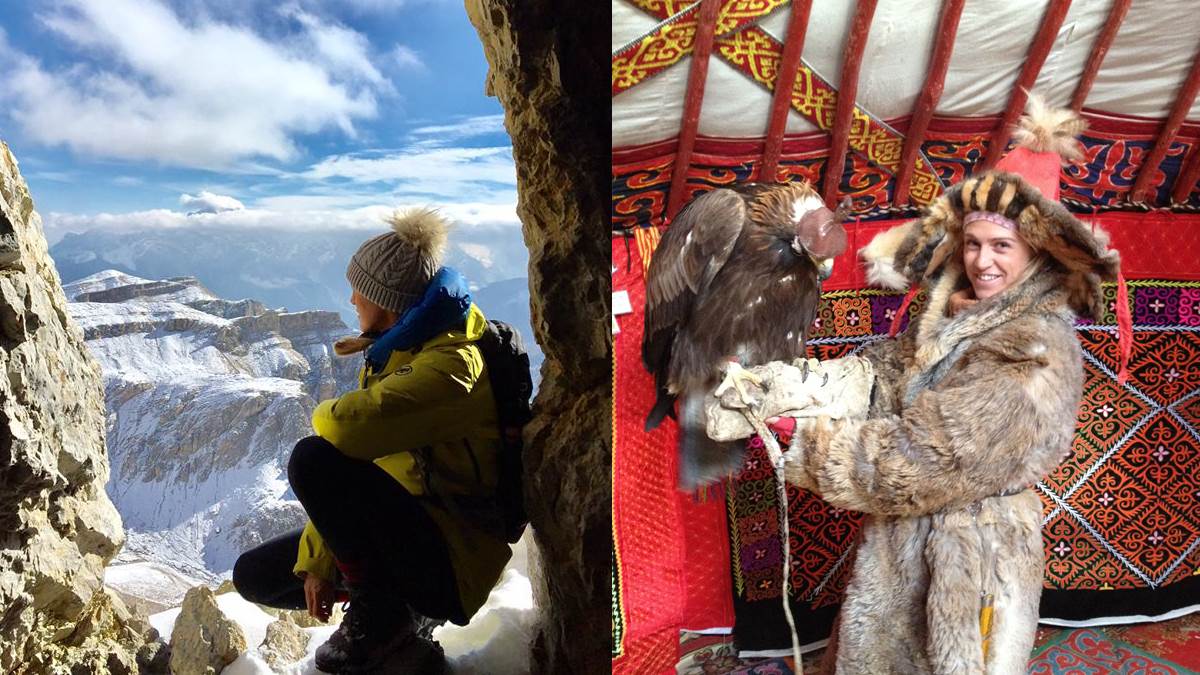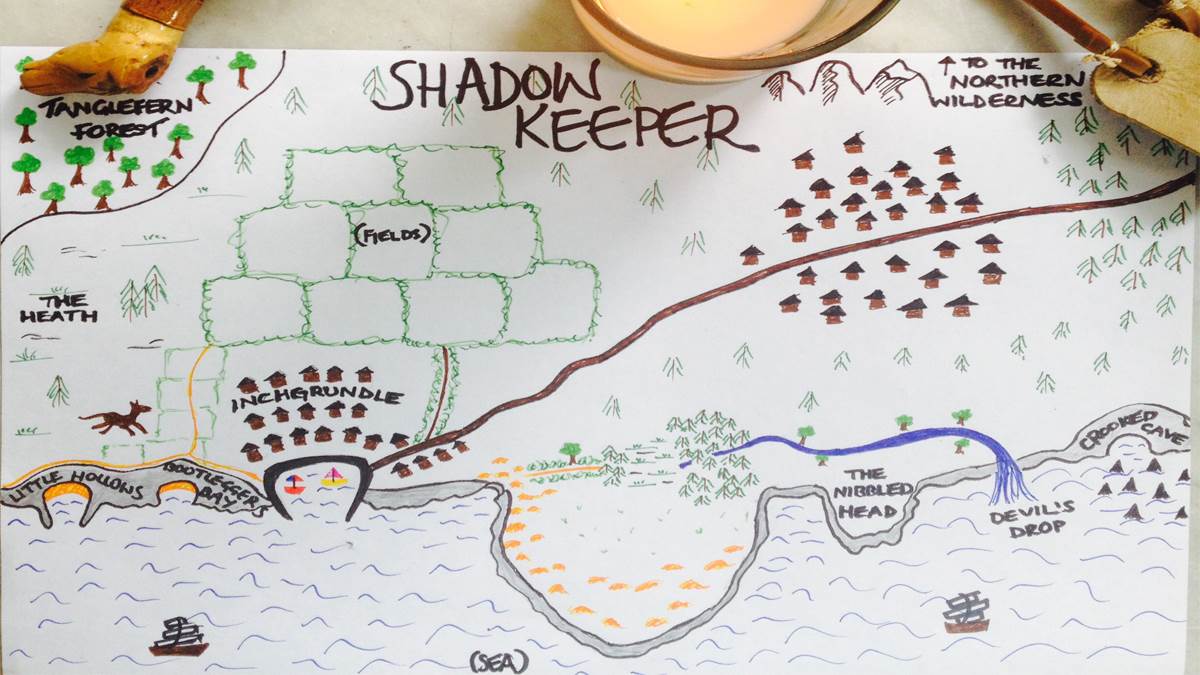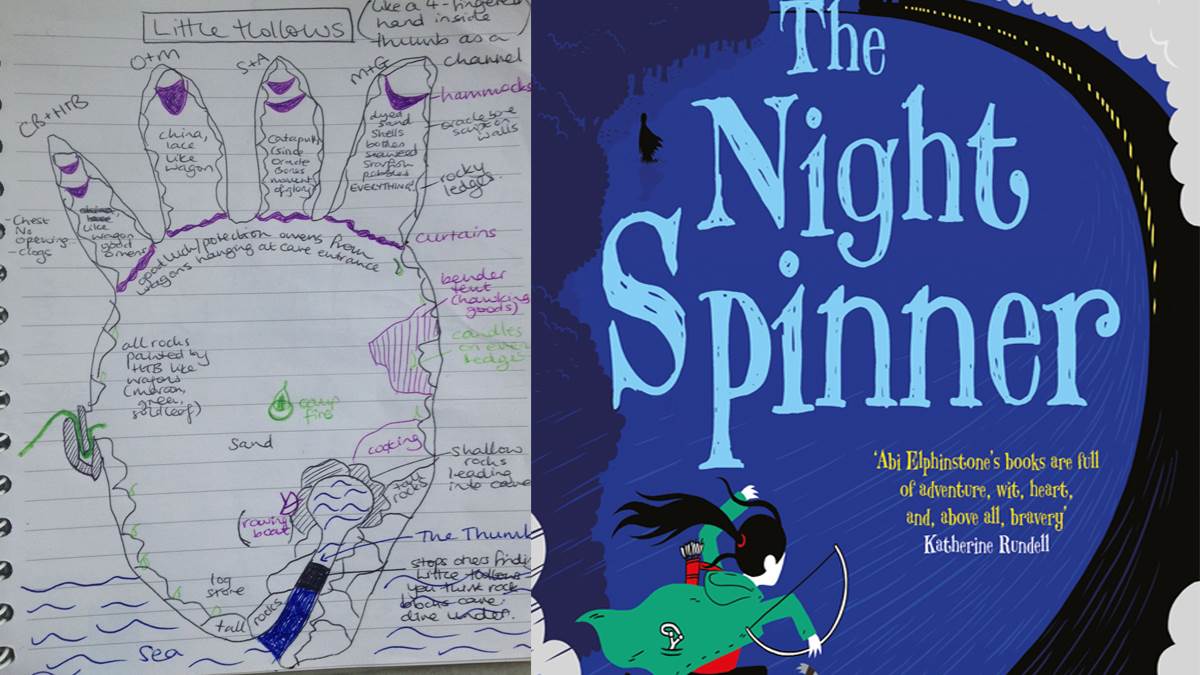Abi Elphinstone: writing with dyslexia
Published on: 10 April 2017 Author: Abi Elphinstone
The author of the popular Dreamsnatcher series shares her tips for being a successful writer (who happens to have dyslexia).
At school I was branded "unteachable" and "prone to spasmodic outbursts of tiredsomeness". Yes, I was a bit naughty (I see, in hindsight, that setting traps for your French teacher is unacceptable and stealing out of maths lessons to run wild in the forest is unwise) but the reason for this wayward behaviour wasn't detected until many years later.
I'm dyslexic.
Turning ideas into plots
While I can't pin all of my childhood misdemeanors on my dyslexia, I do think it explains a lot of the problems I had with processing information, structuring essays and concentrating in class.
Since becoming a children's author, I've worked out various strategies to untangle the cluttered ideas whirring through my head and channel them into coherent plots. Essentially, it's about visualising my story with objects, adventures, picture books and plot maps before I write a single word. I wander into antique shops and ogle grandfather clocks, glittering gemstones, leather-bound books and unusual keys to gather inspiration for plot points.
I travel to far-flung places - Mongolia to live with the Kazakh Eagle Hunters, north Norway to visit the Sami Reindeer Herders, and Italy to climb mountains in the Dolomites - to collect ideas for settings.

And the visual prompts continue back in my writing shed, too. When planning my 2018 book recently, which is set in the Arctic, I spent hours poring over photography books detailing the animals, landscapes and people of the frozen north. I also spent days flicking through fairytales and picture books (The Snow Queen by Hans Christian Andersen, Immi by Karin Littlewood and Raven Child & The Snow Witch by Linda Sutherland and Daniel Egneus).
Although I also read historical accounts of explorers visiting the Arctic (Arctic Dreams by Barry Lopez, Arctic Adventure by Peter Freuchen) I found the simplicity and the directness of photographs, picture books and fairytales more helpful when straightening out my tangled ideas.
When I've seen enough to inspire a story, I draw a map of the world I want to write about then I pencil on my protagonist's journey - through mountains, over rivers, across seas - because it is only when my main character starts moving from place to place that a plot eventually unfolds.

Once I've mapped this journey, I break the story down into bullet-pointed chapters (and sometimes sketches of key scenes) and when I can visualise almost everything about the narrative I start writing. It's a lengthy process - and often I wish my stories just tumbled out - but I've got used to working like this and when I visit kids in schools I always mention that having dyslexia doesn't mean you can't write stories - it just means sometimes they take a little longer to happen.

Abi's top tips for writers with dyslexia
- If you are having problems structuring a plot, draw a map and fill it with places you'd love to visit: mountains, a waterfall, a house in the woods, an island. Imagine your character going from place to place. Why are they rushing to the mountains? What is behind the waterfall? Who lives in the house in the woods?
- If you are struggling to describe a setting, find a photograph of that type of place and write from the scene in front of you
- To spark a story idea, gather up a number of interesting objects: old keys, a single glove, a feather, a misshapen pebble. Start asking questions. What does the key open? Who owns the glove?
- Carry a notebook with you. Jot down words you like the sound of and memorable smells and tastes.
- Never give up, however jumbled ideas become. Be patient. Untangle the knots. And keep on writing.





